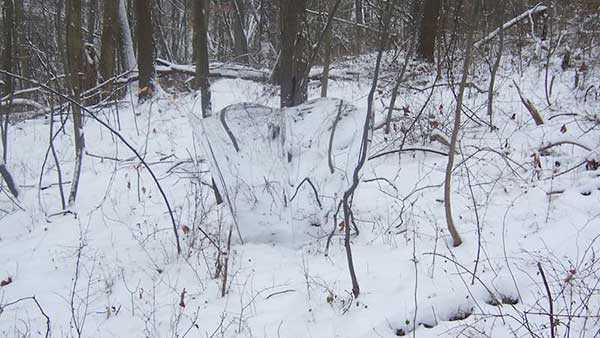
Whitetail hunting is generally a waiting game — whether that’s 20 feet up in a treestand deep in the woods or along the edge of an ag field in a ground blind. But when conditions are right, some deer hunters hit the ground and track big bucks in the snow.
Although challenging, it gets you on your feet and breaks up long weeks of shivering while you sit.
Ready to try out this tactic? Keep these facts in mind.
Timing Is Everything
Although you could theoretically track deer anytime it snows during hunting season, this strategy works best during the post-rut. Bucks will be worn down and recovering from intense peak breeding activity. They’ll be moving less often and covering less ground — mostly moving between bedding and feeding areas.
Fresh Is Best
It can be tough to judge if deer tracks are an hour, a day, or even a week old when weather is incredibly cold and no new precipitation has fallen. That’s why it’s best to track just after a fresh snowfall.
Tracks Can Be Tricky
As snow melts, tracks can spread out and shift, making it difficult to gauge the actual size of the deer that left them behind. But even fresh ones can be tricky to evaluate. When you’re on the hunt for a big buck, look for large, deep tracks that are both long and wide. This isn’t a guarantee you’re on the trail of a monster, but such tracks usually indicate a mature deer. Keep an eye out for other sign that can provide additional intel nearby.
Tracking Can Wear You Out
Trudging uphill through deep snow can kill your legs and be generally exhausting. Worth the work? It absolutely can be. But be prepared to put on some serious mile before stumbling upon a shooter and dress accordingly. Working with a partner can make the process much more enjoyable and somewhat easier.

TBB,
“Trudging uphill through deep snow can kill your legs and be generally exhausting.”
Back Country Skis or Snowshoes and poles along with the use of climbing skins for the skis or downhill sliding skins for the Snowshoes will help with traveling overland with much greater ease. You can also add a Pulk to haul your gear and when you have success to haul the carcass out with far less effort than on your back!
shootski
TBB,
Following deer tracks in the snow can be very productive and even if you don’t see hair; deer tend to move through the same areas following the same paths so you might find some good places to setup next season.
A couple of thoughts about what deer are you tracking… deer will (usually) urinate when they get up from bedding, does spray backwards (out of the bed) , bucks forward. Mature deer tracks with smaller tracks are likely a doe and her doe fawn(s) though, in the second rut it could be a buck with a doe fawn. A single small track is probably a buck fawn (the does drive them away before the rut); a couple sets of small tracks will probably be a group of button-bucks hanging out together. Big tracks don’t mean “buck”, our local doe is 250ish pounds and has huge tracks… best to read the whole picture 🙂
Hank